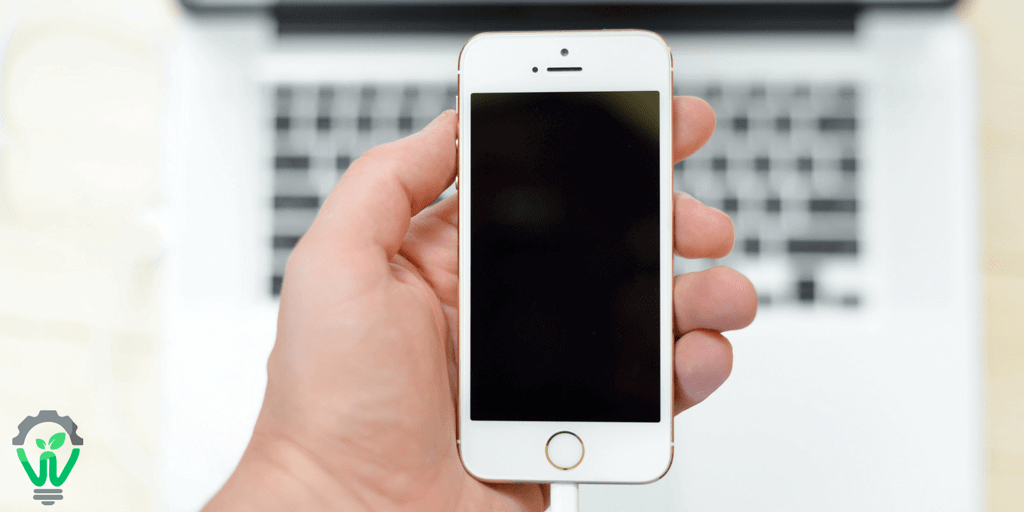In the world of smarketing, where the goal is to align sales and marketing efforts, one of the most difficult goals to achieve is streamlining lead management and sales process optimization. As proof, statistics show that most companies fail the test.
According to a study done for Harvard Business Review, 71% of qualified leads are never followed up with. Yet of the leads that are contacted, they’re only touched an average of 1.3 times. These are wasted opportunities that your company pays for and works hard to obtain.
At the point that marketing has passed a qualified lead on to the sales team, the question becomes how and when should they be contacted? Follow these simple inbound sales tips when developing your lead management process to ensure the best possible outcome:
Phone vs. Email
If you know your prospect’s preferred mode of communication, it’s easy to determine how to first reach out. If you’re not sure the best way to contact your lead, consider the type of lead, where they are in the buyer’s journey, and how you obtained their information.
Email is quick and efficient, and often considered less intrusive as it doesn’t interrupt the recipient’s day. For this reason, it may be best to send an email or two to introduce yourself before you make a call.
A well-received phone call to a prospect can establish a rapport that is hard to achieve electronically. However, you should always be prepared to leave a voicemail. If the prospect has seen your earlier messages, they are more likely to recognize your name or company and make the connection.
Assume They Receive The Communication You Send
Bounce rates and spam filters are a reality of our electronic age and busy decision makers often screen their voicemails. But try to avoid sending the same information multiple times. Being redundant is insulting to the prospect and reinforces their belief that you are a mass-marketing robot devoid of the ability to deliver a personalized, relevant message.
Each communication should contain a different insight. Be sure to keep record of what message you’ve sent to which prospects to avoid being repetitive.
Be Persistent
Much like dating, inbound sales also has a 48-hour rule. If you don’t get a response from your first email or phone call, wait two days and try again, making sure to reposition your message slightly.
You may want try a different day or time to make your move – Studies show sales reps are 49% more likely to make contact with a lead on Thursday vs. Tuesday, and a whopping 164% more likely to make contact between 4 – 5 PM than 1 – 2 PM.
In follow-up attempts, start with a quick reminder that you’ve reached out before, identify how you obtained their contact information and that you’d like to discuss how you can help them better achieve their goals. Always end the message with an invitation to connect.
Send tailored messages every 48 hours, making at least 6 attempts to reach the prospect. Why 6? Research reveals that you have a 90% chance of making contact with your target after 6 attempts, versus less than 40% chance for only one attempt.
These mechanized recommendations may seem contradictory with regard to inbound sales, where the goal is to establish a relationship with your client and make the transaction more personal. However, having a clear and concise lead-management system will ensure not a single lead falls through the cracks, which will help you achieve your goal of building those valuable relationships.




